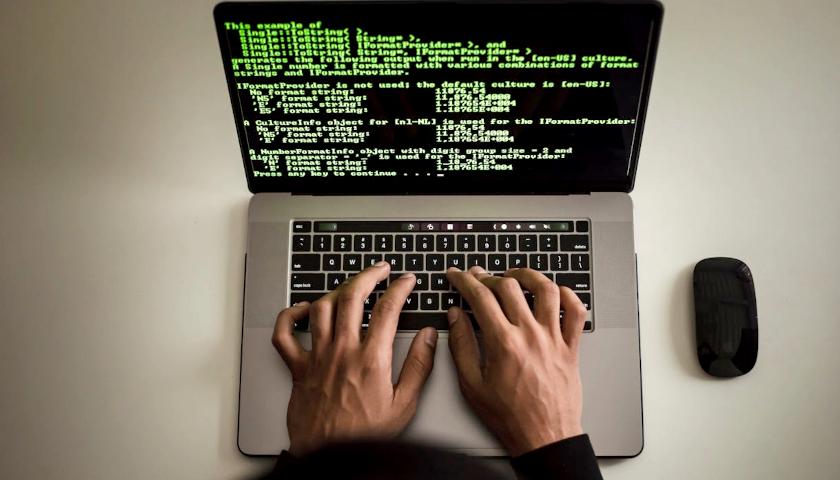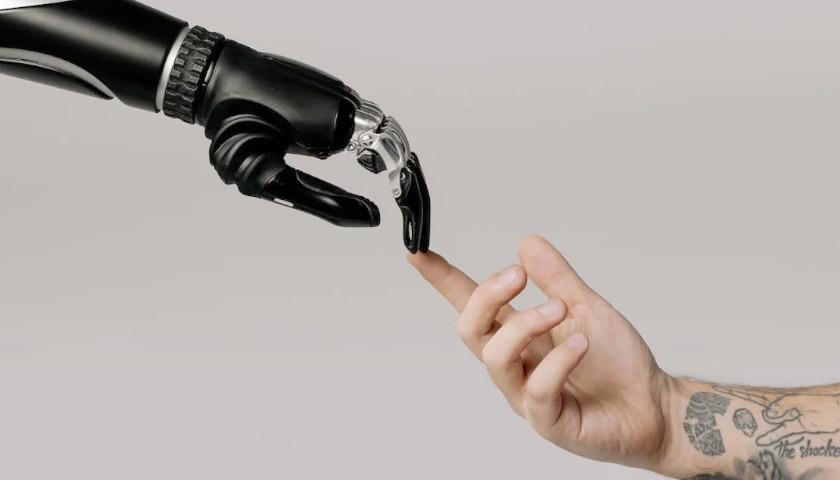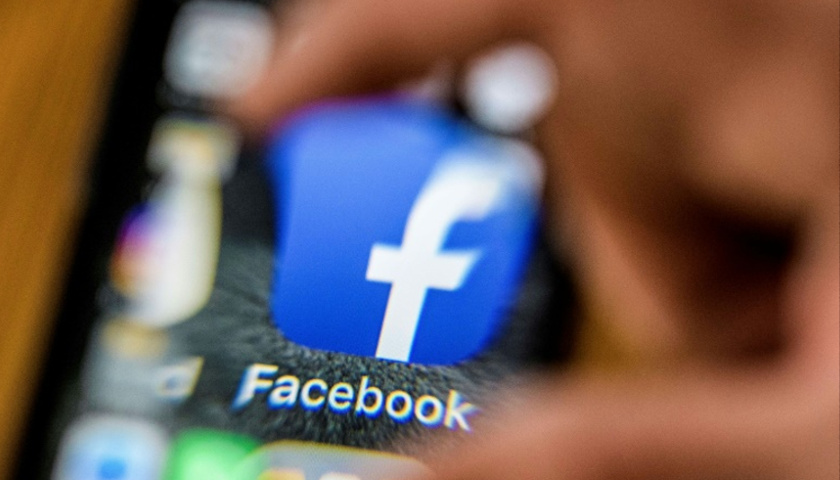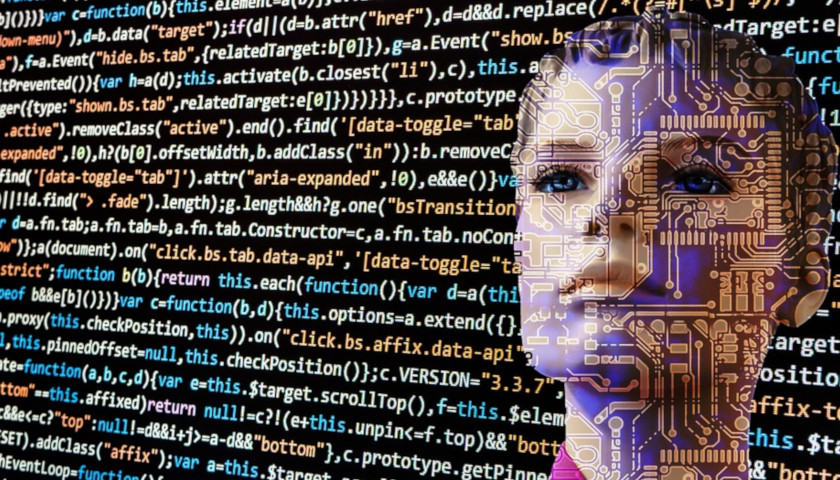Artificial intelligence (AI) and its integration within various sectors is moving at a speed that couldn’t have been imagined just a few years ago. As a result, the United States now stands on the brink of a new era of cybersecurity challenges. With AI technologies becoming increasingly sophisticated, the potential for their exploitation by malicious actors grows exponentially.
Because of this evolving threat, government agencies like the Department of Homeland Security (DHS) and the Cybersecurity and Infrastructure Security Agency (CISA), alongside private sector entities, must urgently work to harden America’s defenses to account for any soft spots that may be exploited. Failure to do so could have dire consequences on a multitude of levels, especially as we approach the upcoming U.S. presidential election, which is likely to be the first to contend with the profound implications of AI-driven cyber warfare.
Read the full story






